Bracing your core is a fundamental technique in various physical activities, from weightlifting to running to everyday tasks like bending over to pick up a heavy object. Proper core bracing helps protect your spine and prevent injuries and increases your stability and power during movement. Let's explore core bracing, why it's essential, and how to do it correctly.
Firstly, let's define what we mean by "core." Your core includes all the muscles that support your spine and pelvis, including your rectus abdominis (the "six-pack" muscles), internal and external obliques, transverse abdominis, erector spinae, and multifidus muscles. All these muscles work together to stabilize your spine and pelvis during movement.
Now, let's talk about what it means to brace your core. Core bracing involves contracting all these muscles at once to create a stable, rigid cylinder around your spine and pelvis. This increases intra-abdominal pressure, which helps stabilize your spine and protect it from injury. You may be familiar with the soda can analogy. It is hard to crush a full can of soda, but easy to crush an empty can. Think of your mid-section as a full soda can. As you push air into your core you are "filling up the can."
Why is core bracing important? When you lift heavy objects, run, or engage in other physical activities, your spine is subjected to forces that can cause it to bend or twist. If your core muscles are weak or not engaged properly, your spine may be more vulnerable to injury. Additionally, core bracing can improve your performance during physical activity, as it provides a stable base of support for your movements.
So how do you brace your core correctly? Here are the steps:
-
Stand tall with your feet shoulder-width apart and your spine in a neutral position (i.e., not arched or rounded).
-
Take a deep breath in through your nose, filling your lungs with air and expanding your rib cage.
-
As you exhale through your mouth, contract your abdominal muscles as if you're bracing for a punch. This should include your rectus abdominis, obliques, and transverse abdominis muscles.
-
Imagine pushing your belly button out and make your stomach full of air. You'll want to be fully engaged with all your muscles.
-
Hold this contraction for a few seconds, maintaining steady breathing throughout.
-
Release the contraction and take another deep breath in.
Proper bracing does take effort and should be something you have to concentrate on. t's important to note that core bracing should be done in conjunction with proper form and technique during physical activity. It's not a substitute for good mechanics but rather an essential component of safe and effective movement.
Bracing and Weightlifting
Weightlifting is a fantastic way to build strength, muscle, and endurance. However, it's essential to use proper form and technique to prevent injury and maximize your performance. One of the most crucial elements of weightlifting is bracing your core, which helps stabilize your spine and protect your lower back. Many weightlifters choose to use a weightlifting belt to aid in this process, but it's essential to understand how to brace correctly while wearing a belt.
It's crucial to understand what a weightlifting belt does. A weightlifting belt is a thick, rigid belt worn around the waist to provide support and stability to the lower back and core during heavy lifting. A weightlifting belt is a tool used to remind the athlete to brace and engage their core. By wearing a belt you are reminded to push your core and apply pressure to the belt. The belt increases the pressure in the abdominal cavity, which, in turn, helps stabilize the spine and reduce the risk of injury.
How to Brace With a Belt
To properly brace your core while wearing a weightlifting belt, follow these steps:
-
Before you begin your lift, take a deep breath and hold it. This is essential for stabilizing the spine.
-
Contract your abdominal muscles as if you're bracing for a punch (as mentioned above).
-
Push your abs against the belt. The belt should be tight enough to provide support but not so tight that it restricts your breathing or movement.
-
Maintain this bracing throughout the lift. It's essential to keep your core tight and stable, especially during the eccentric (lowering) phase of the lift (REMEMBER THE FULL SODA CAN).
Not a Substitue for Form
It's important to note that a weightlifting belt is not a substitute for proper form and technique. You should still focus on maintaining a neutral spine, engaging your glutes and hamstrings, and using proper lifting mechanics.
Additionally, a weightlifting belt should not be worn during every exercise or set. It's best used for heavy compound lifts such as squats, deadlifts, and overhead presses.
Happy Lifting
In conclusion, bracing while wearing a weightlifting belt is an essential component of safe and effective weightlifting. Proper bracing technique, combined with a well-fitting belt, can help protect your lower back and improve your performance in the gym. Remember to focus on maintaining proper form and technique, and only use a belt for heavy compound lifts. Happy lifting!

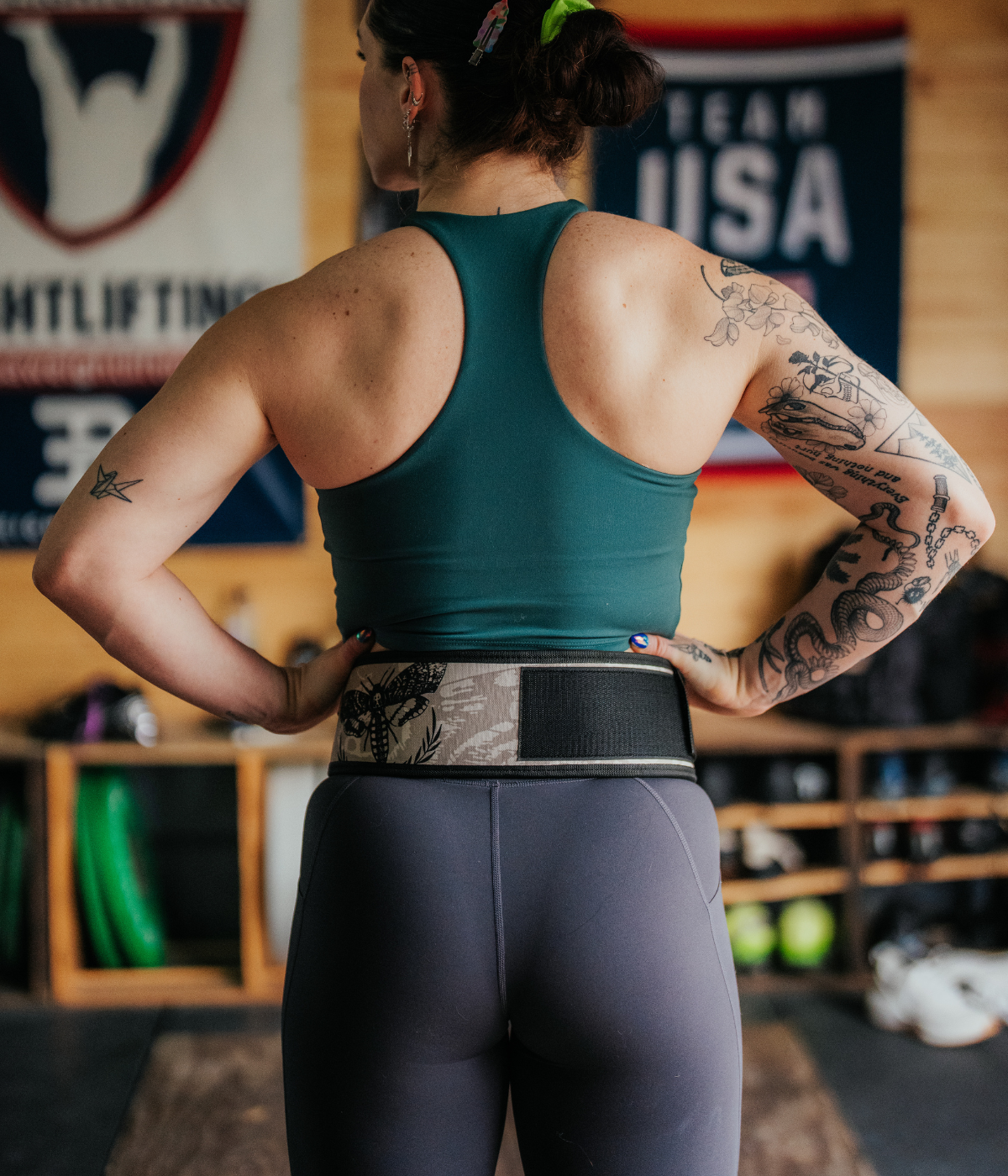
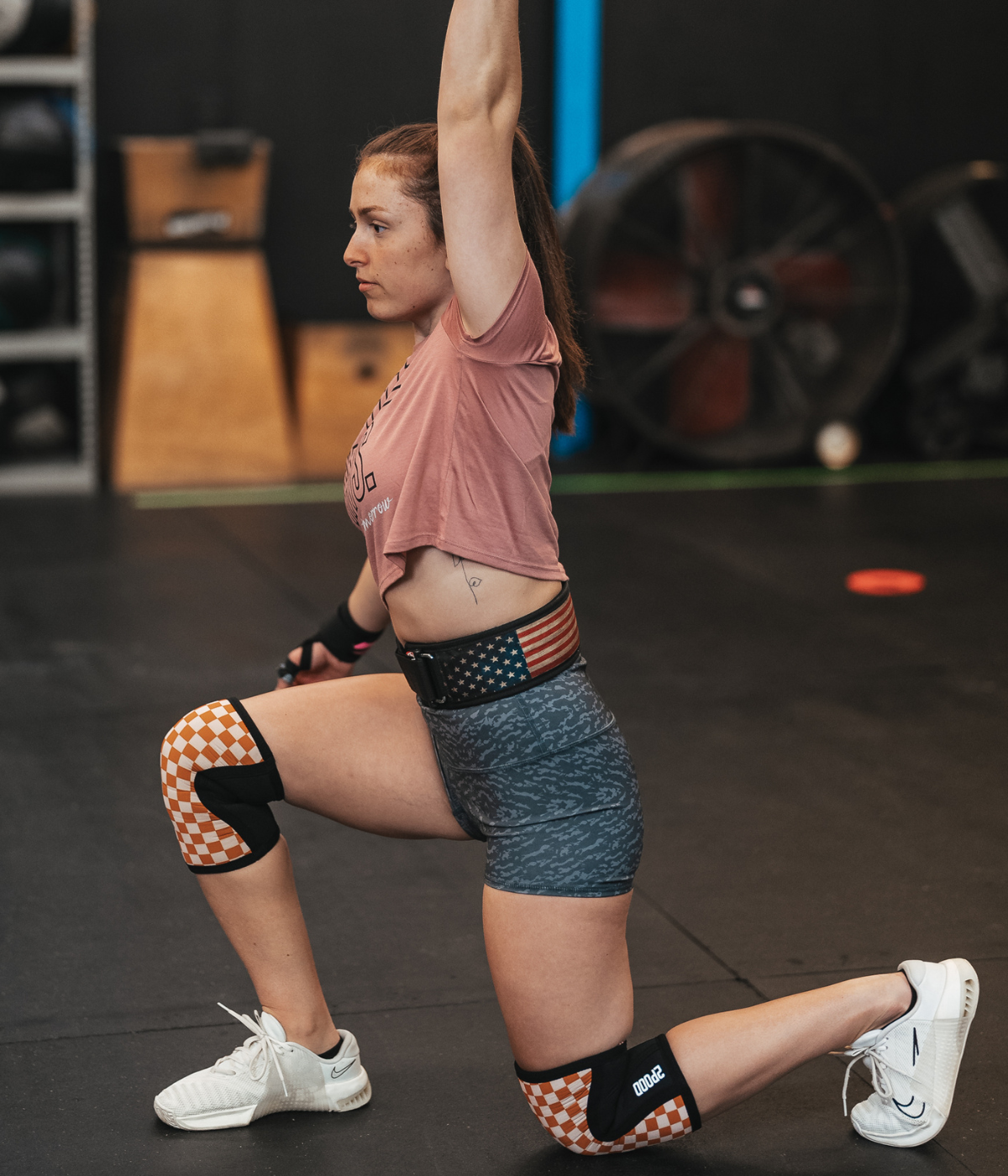
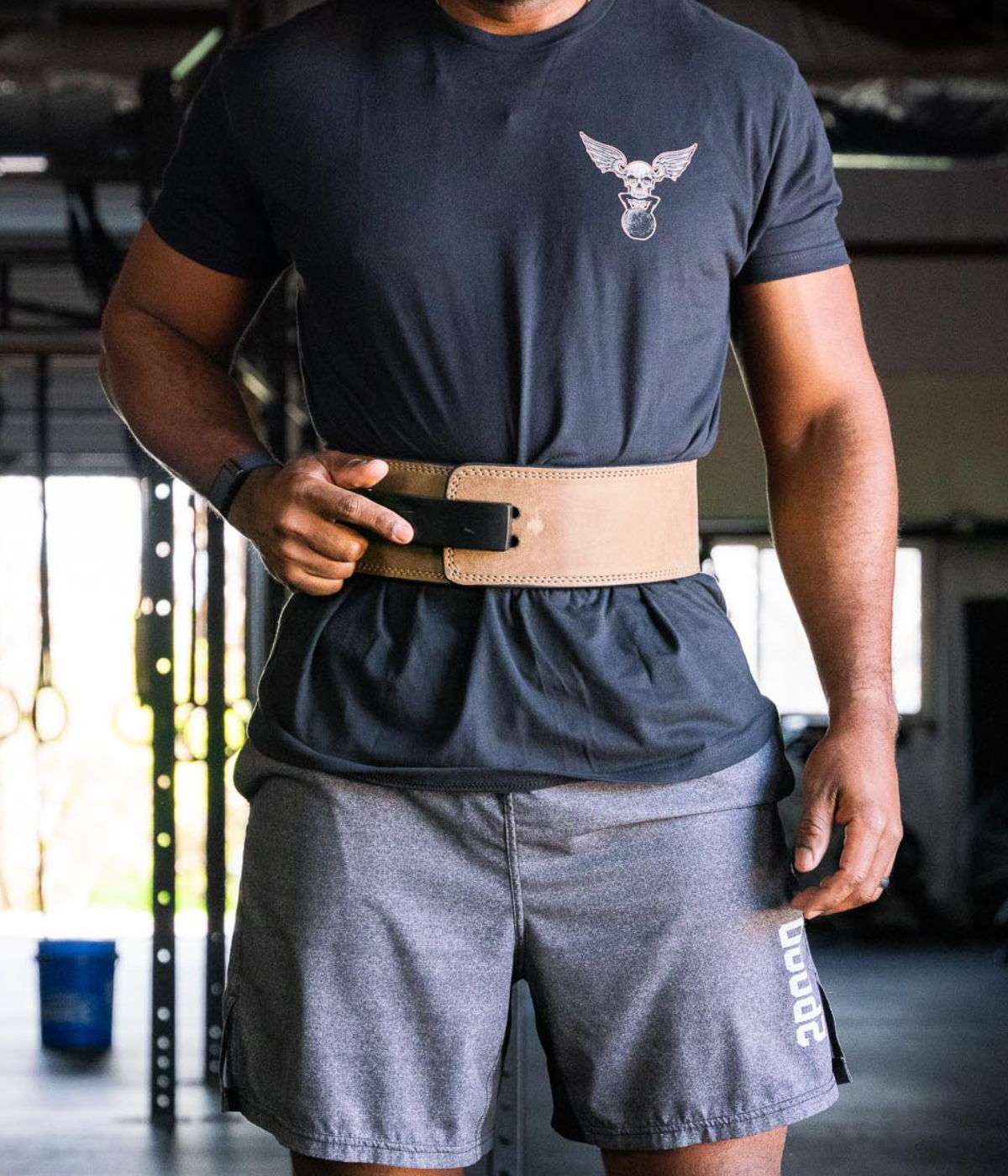
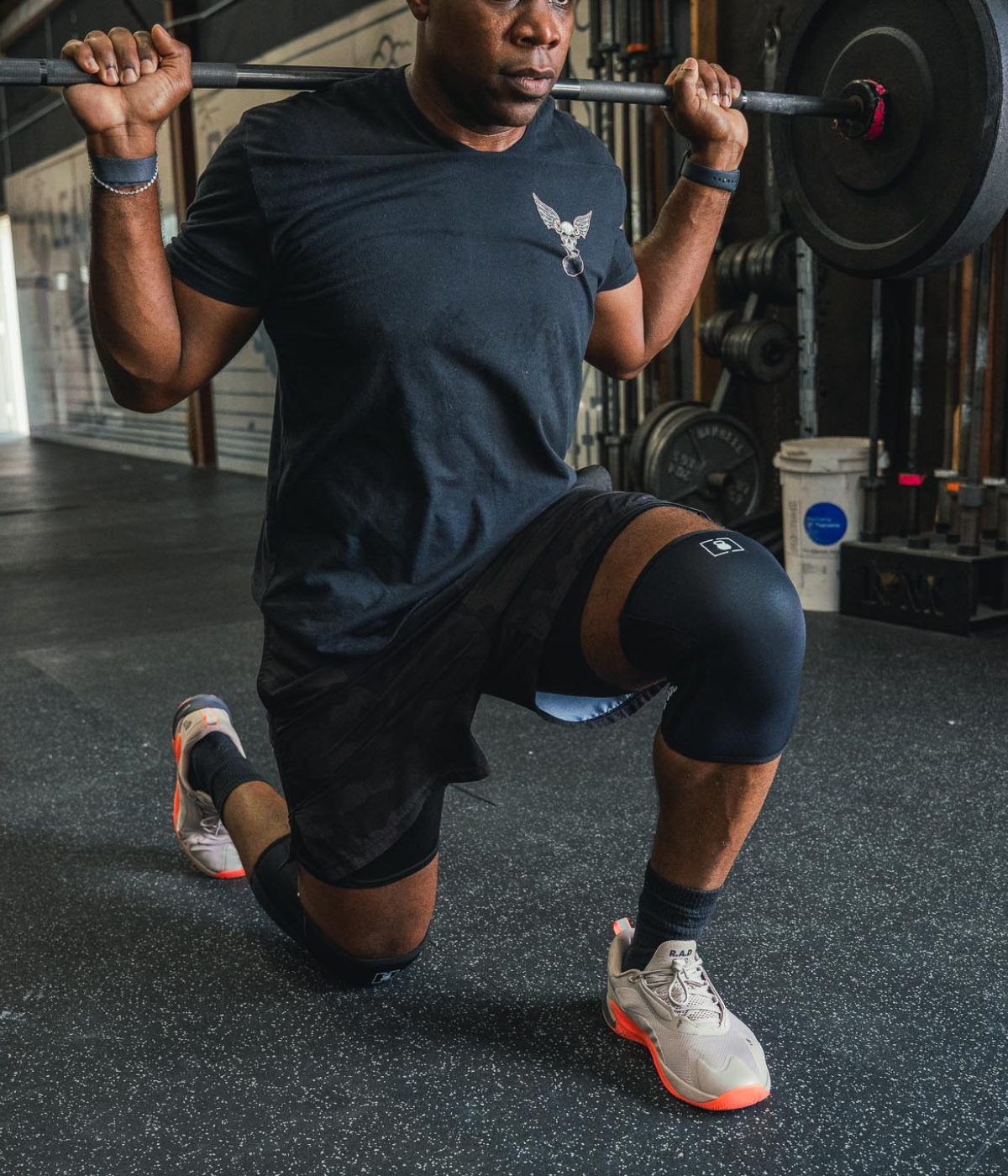

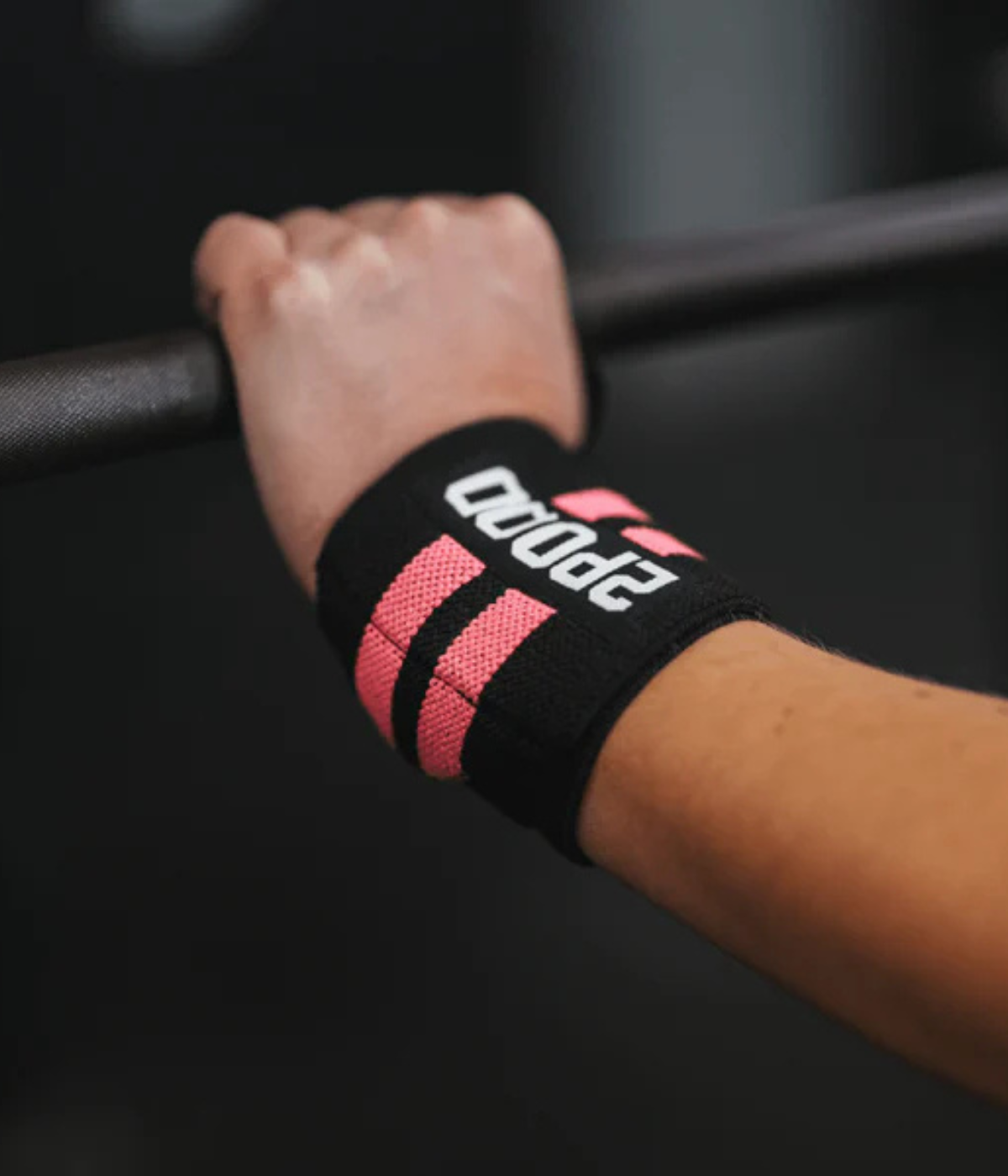
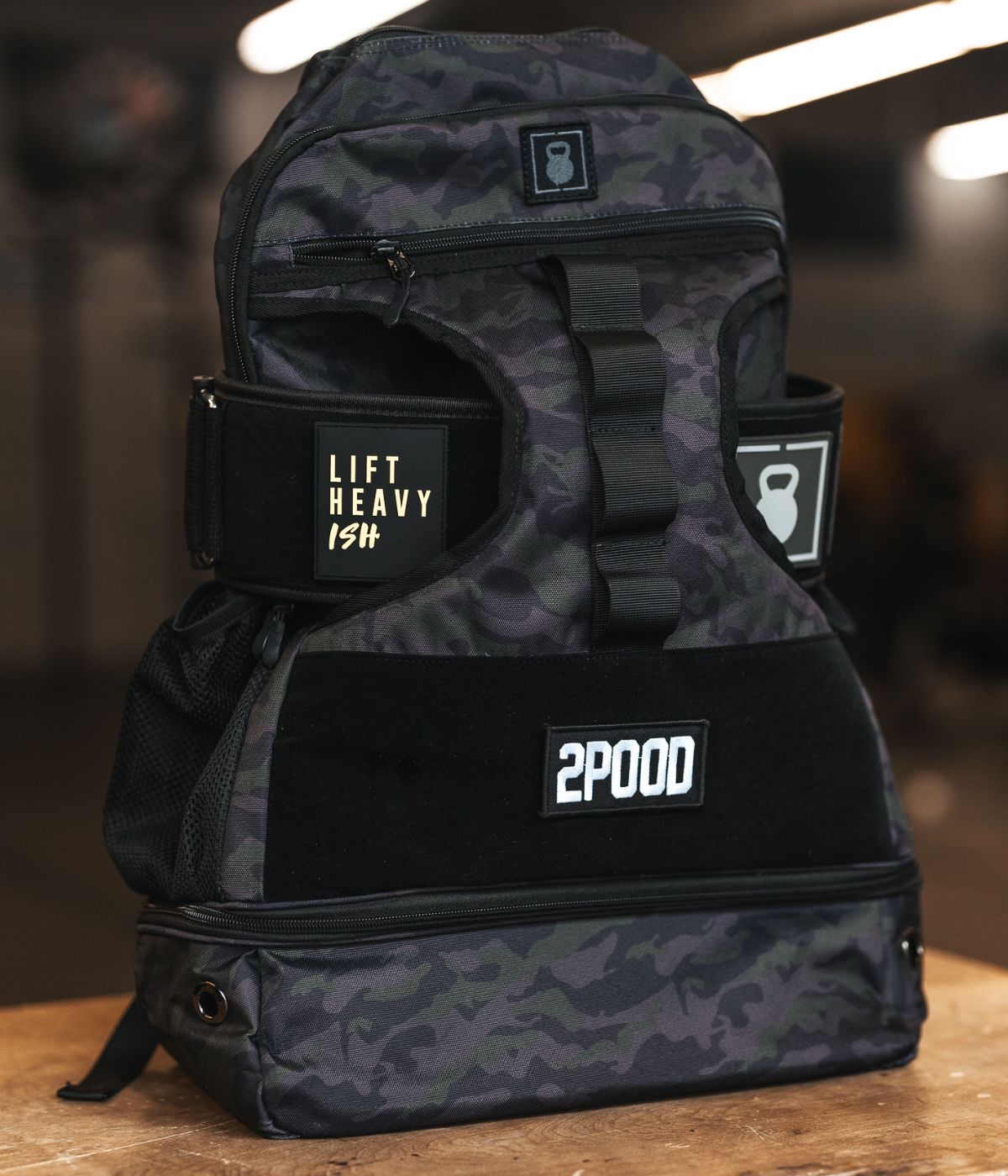
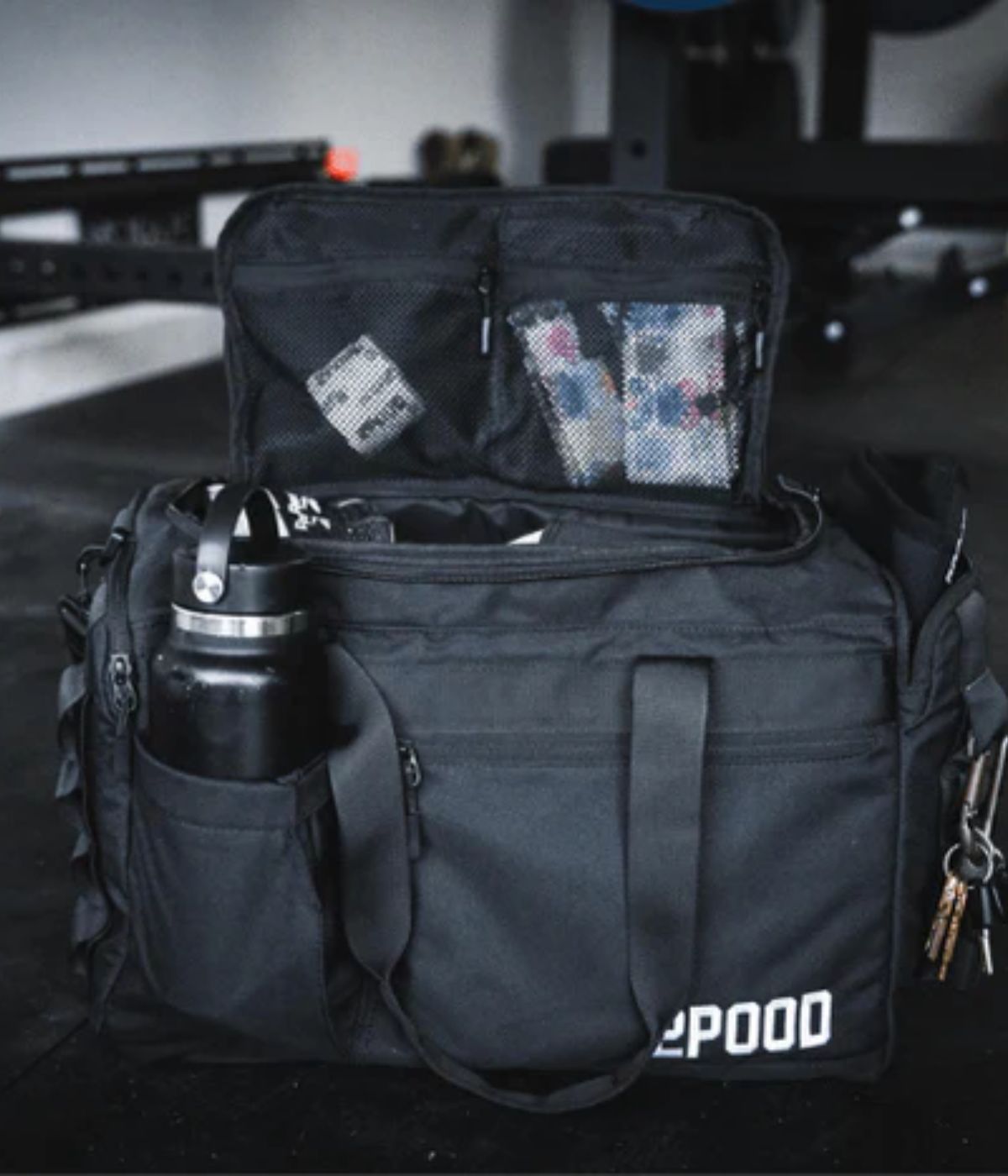



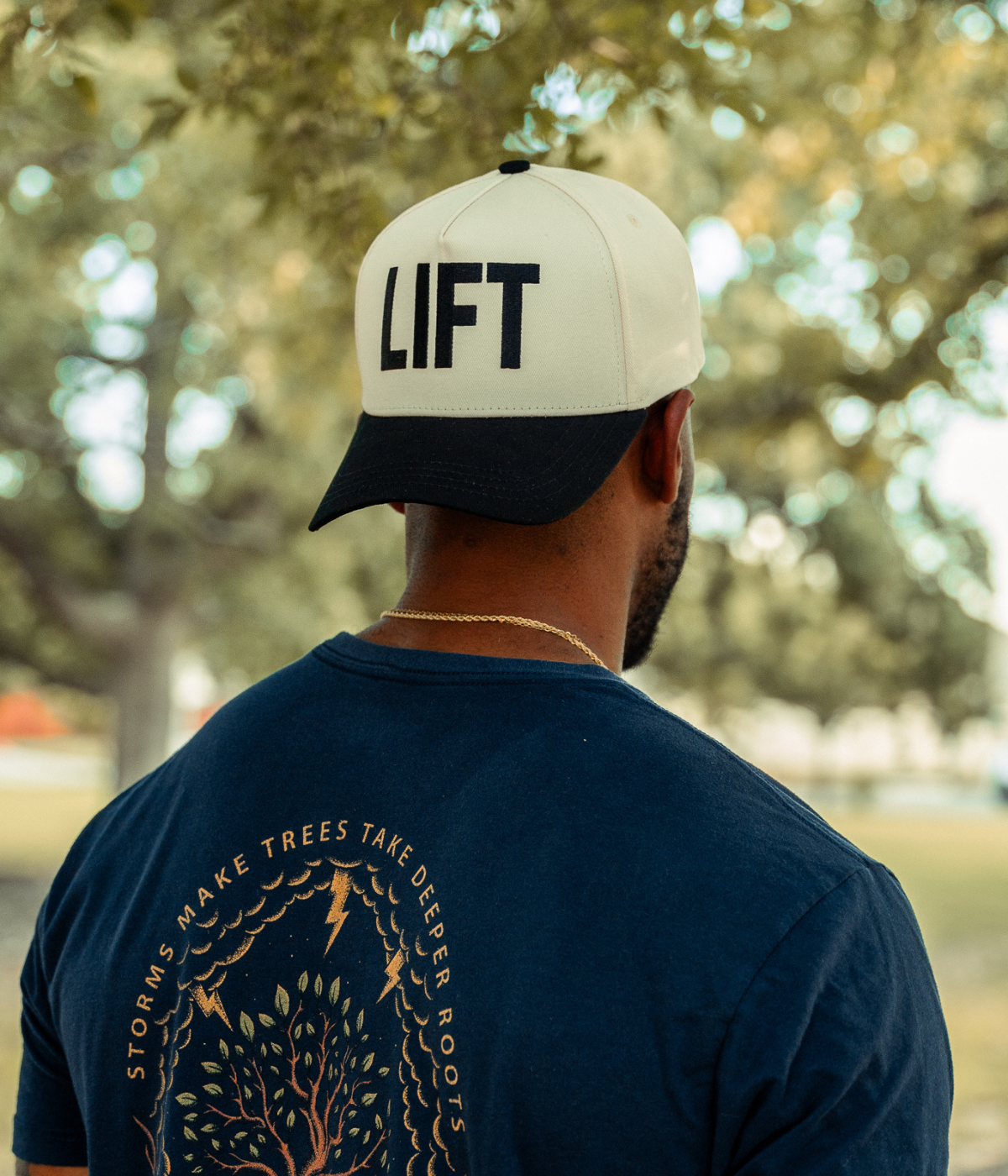
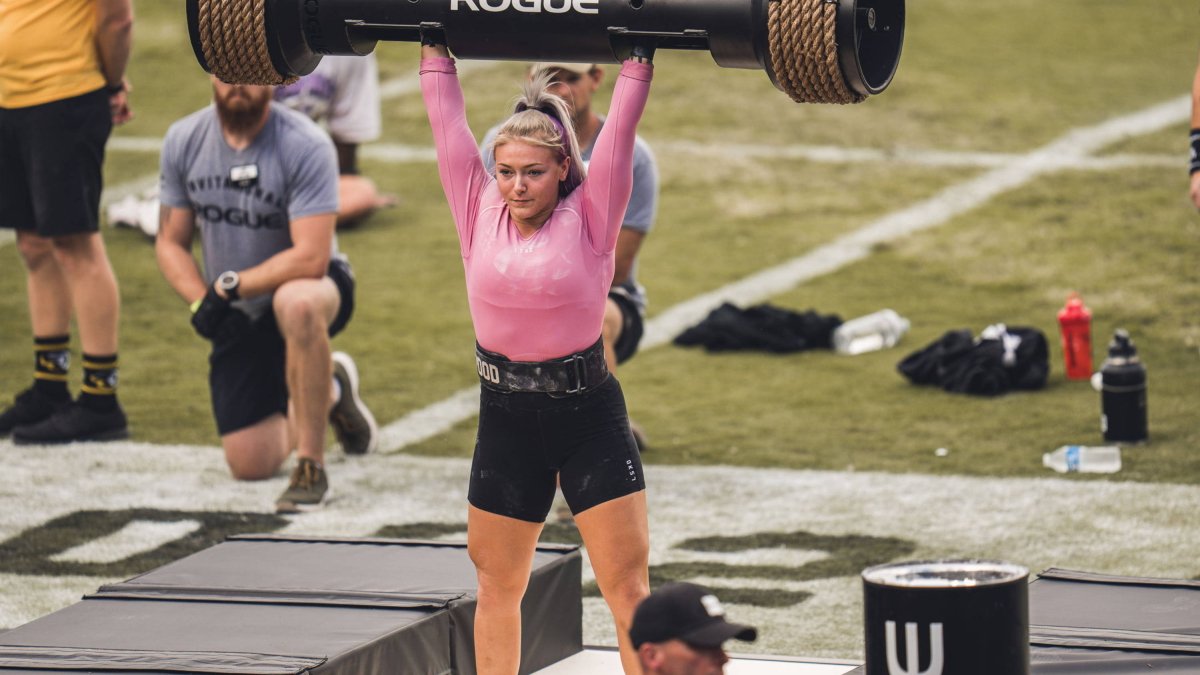
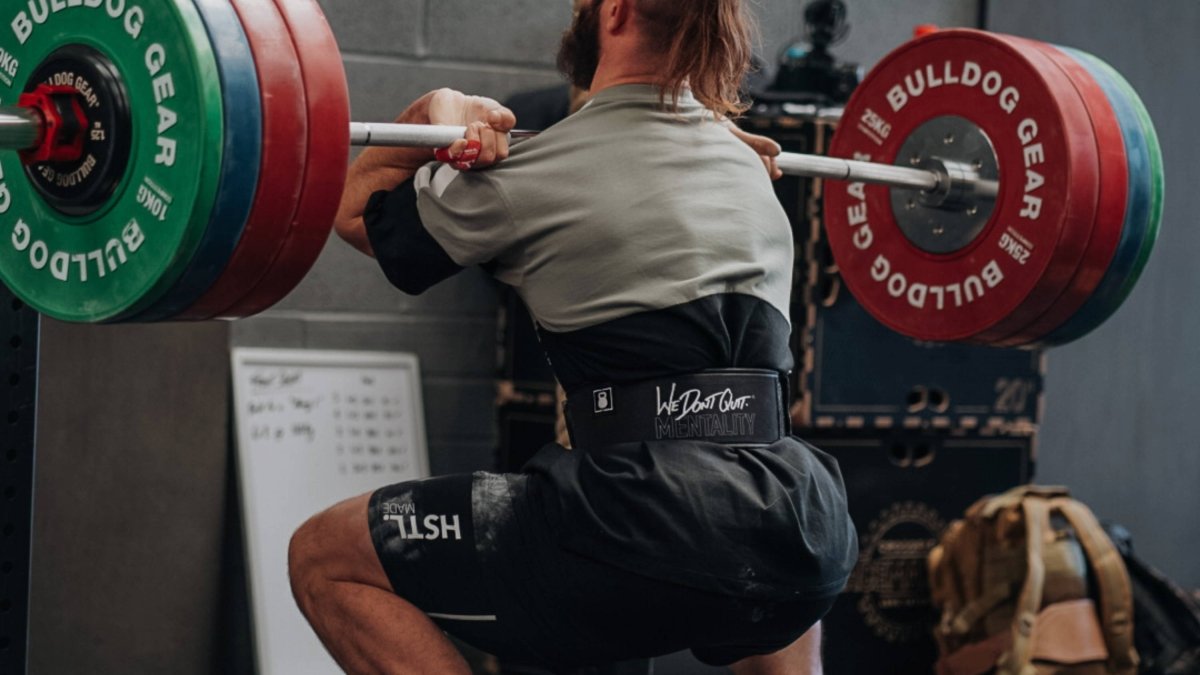
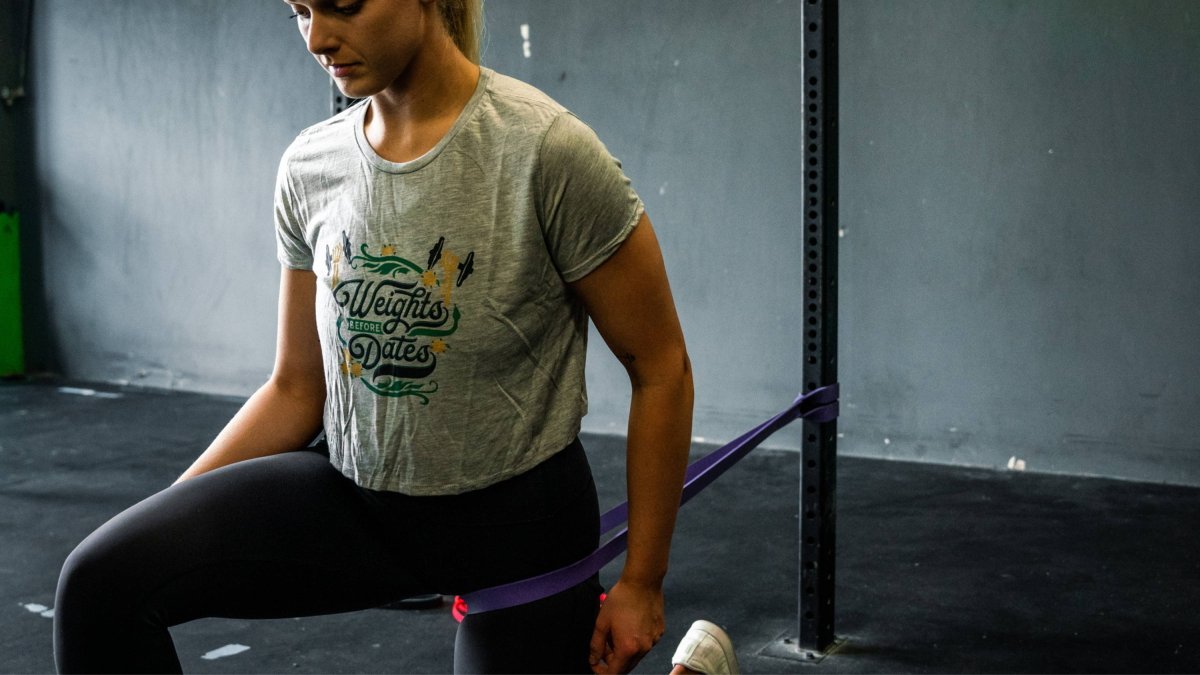
Leave a comment
All comments are moderated before being published.
This site is protected by hCaptcha and the hCaptcha Privacy Policy and Terms of Service apply.